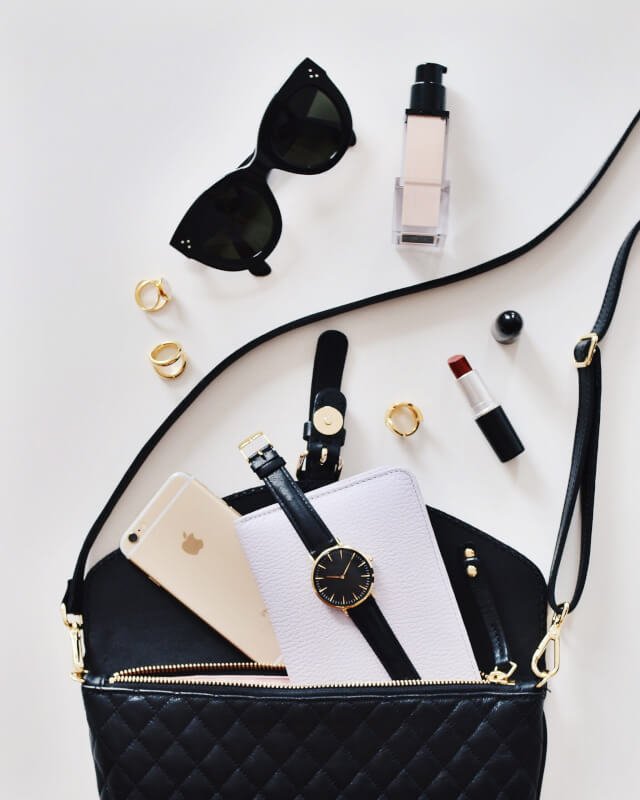You want to look fashionable and put-together, no matter what your age. Whether you’re in your 20s or your 60s, dressing stylishly is all about embracing your personal style and knowing how to enhance your best features. From choosing the right colors and silhouettes to incorporating trendy pieces into your wardrobe, this article will guide you on how to effortlessly dress stylishly at any age. Get ready to rock your unique sense of style with confidence and flair.
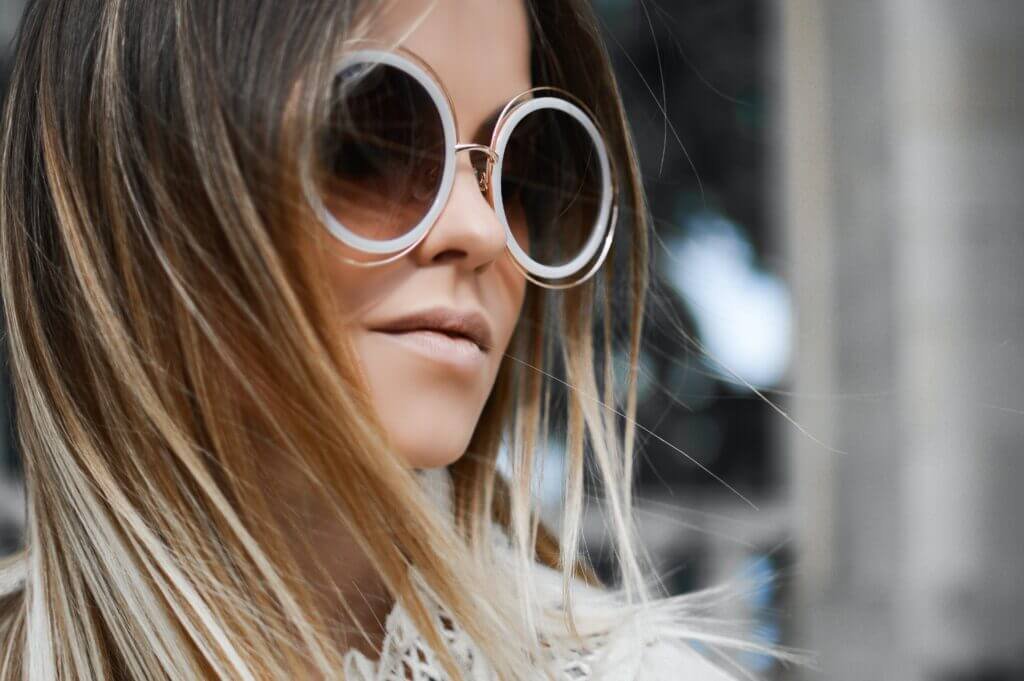
Understanding Your Personal Style
Understanding your personal style is essential for developing a wardrobe that reflects your individuality and makes you feel confident and comfortable. It involves identifying the key elements that define your style and learning how to incorporate them into your everyday outfits. By understanding your personal style, you can dress in a way that aligns with your preferences and flatters your body shape and coloring.
Identifying Your Personal Style
Identifying your personal style begins with self-reflection and exploration. Take a moment to think about your favorite outfits and the clothes that make you feel the most confident. Consider whether you lean towards classic, trendy, edgy, or bohemian styles. Look for patterns in your wardrobe and take note of the colors, patterns, and silhouettes that you are naturally drawn to. This will help you identify your personal style and guide your future shopping decisions.
Consider Your Body Shape
Understanding your body shape is crucial for finding clothes that fit you well and enhance your natural features. Take a look at yourself in the mirror and determine whether you have a pear, hourglass, apple, rectangle, or inverted triangle shape. Once you have identified your body shape, you can learn which silhouettes and styles are most flattering for you. This knowledge will make it easier for you to choose clothes that highlight your best assets and create a balanced and proportionate look.
Understanding Your Color Palette
Understanding your color palette involves identifying the colors that harmonize with your skin tone, hair color, and eye color. There are four main color categories: warm, cool, neutral, and deep. Knowing which category you fall under will help you select clothes in colors that complement your natural coloring. Experiment with different shades and pay attention to how they make your complexion glow. By understanding your color palette, you can ensure that the clothes you wear enhance your overall appearance and make you look radiant.
Building a Classic Wardrobe
Building a classic wardrobe is all about investing in timeless pieces that can be worn season after season. These pieces act as the foundation of your wardrobe and serve as the building blocks for creating versatile and stylish outfits. By focusing on quality over quantity, you can curate a wardrobe that withstands the test of time and ensures you always have something to wear.
Invest in Timeless Pieces
Investing in timeless pieces is a key aspect of building a classic wardrobe. These are items that never go out of style and can be worn in a variety of ways. Examples of timeless pieces include a tailored blazer, a little black dress, a white button-down shirt, a quality pair of jeans, and a classic trench coat. These pieces can be mixed and matched with trendier items to create a timeless yet modern look. When investing in these pieces, prioritize quality over price, as their durability and longevity are essential for building a wardrobe that lasts.
Choose Versatile Basics
Building a classic wardrobe also involves selecting versatile basics that can be easily mixed and matched with other items. These basics serve as the foundation for creating various outfits and can be dressed up or down depending on the occasion. Examples of versatile basics include a well-fitted white t-shirt, a black pencil skirt, a pair of tailored trousers, a denim jacket, and a simple cashmere sweater. These items can be styled in different ways to create both casual and formal looks, making them essential for any wardrobe.
Quality Over Quantity
When building a classic wardrobe, it is crucial to prioritize quality over quantity. Opting for well-made, durable pieces ensures that your clothes will last longer and maintain their shape and appearance over time. Investing in higher-quality garments also often means supporting ethical and sustainable fashion practices, contributing to a more environmentally friendly approach to dressing. While quality clothing may come with a higher price tag, the longevity and satisfaction you’ll derive from them make the investment worthwhile.
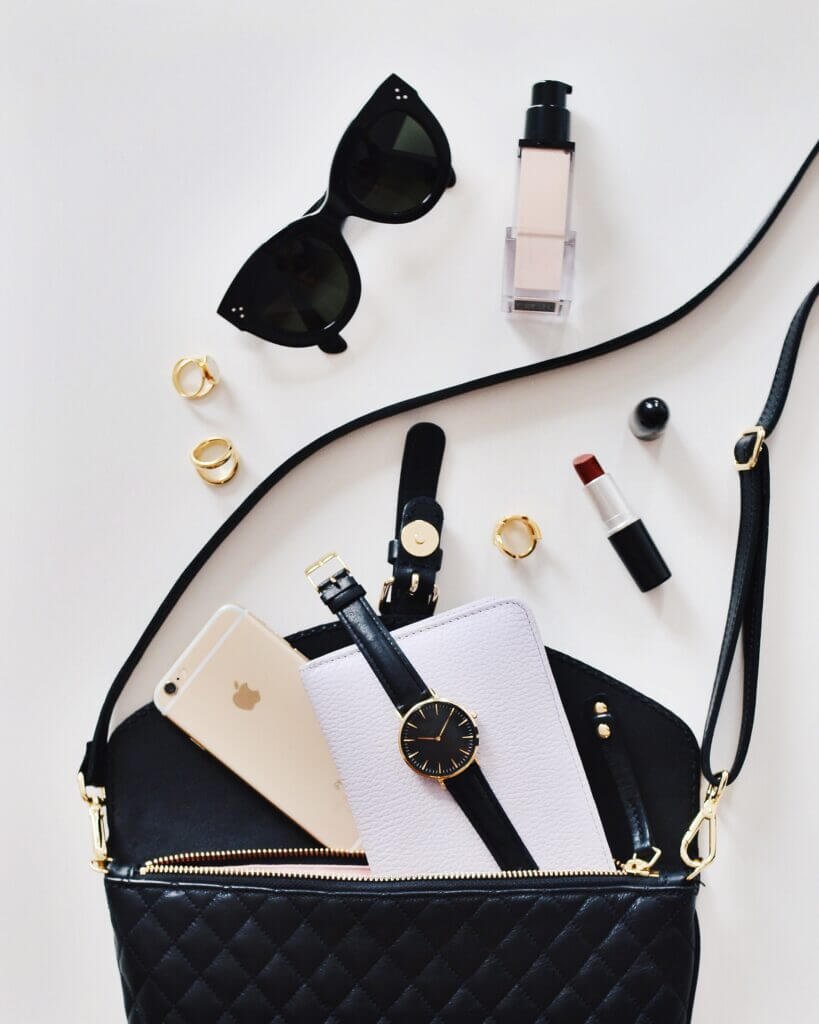
Flattering Silhouettes for Different Ages
As you age, your body goes through various changes, and finding flattering silhouettes becomes even more important. Dressing stylishly at any age involves understanding your body’s unique needs and choosing garments that complement and enhance your features. By adapting your wardrobe choices to suit your age, you can feel confident and stylish at every stage of your life.
Dressing Stylishly in Your 20s
In your 20s, you have more freedom to experiment with different styles and trends. This is the time to have fun with your wardrobe and express your personal style. Embrace youthful silhouettes like mini dresses, skinny jeans, crop tops, and jumpsuits. Play with bold colors, patterns, and statement accessories to create eye-catching outfits. Have fun exploring different fashion trends and building a wardrobe that reflects your vibrant and energetic personality.
Dressing Stylishly in Your 30s
In your 30s, it’s time to refine your personal style and invest in more timeless and sophisticated pieces. Focus on building a wardrobe of elevated basics that can be dressed up or down. Embrace tailored silhouettes, such as blazers, trousers, and wrap dresses. Opt for high-quality fabrics and classic colors that exude maturity and confidence. Seek a balance between comfort and style by incorporating comfortable yet stylish footwear and accessories into your outfits.
Dressing Stylishly in Your 40s and Beyond
In your 40s and beyond, it’s essential to embrace age-appropriate dressing while still staying true to your personal style. Choose sophisticated and elegant silhouettes that flatter your figure, such as pencil skirts, tailored pantsuits, wrap dresses, and A-line dresses. Emphasize quality and fit, investing in well-tailored garments that make you feel confident and put-together. Consider incorporating statement accessories and pops of color to enhance your outfits and add personality to your look.
Creating Effortlessly Chic Outfits
Creating effortlessly chic outfits involves blending different elements of your personal style to achieve a polished and put-together look. By mixing and matching pieces, playing with proportions, and adding statement accessories, you can effortlessly elevate your everyday outfits.
Mixing and Matching
Mixing and matching is a key technique for creating interesting and dynamic outfits. Look for pieces in your wardrobe that can be paired together to create unexpected combinations. For example, pair a feminine dress with a leather jacket or style a tailored blazer with a casual t-shirt and jeans. By juxtaposing different styles, textures, and colors, you can create unique and eye-catching outfits that reflect your individuality.
Playing with Proportions
Playing with proportions is an effective way to add visual interest to your outfits. Experiment with combining oversized and fitted pieces to create a balanced and flattering look. For example, pair a flowy, wide-legged pant with a fitted top, or wear a cropped sweater over a high-waisted skirt. By mastering the art of proportion, you can create outfits that highlight your best features and create a visually engaging silhouette.
Adding Statement Accessories
Accessorizing is an important aspect of creating effortlessly chic outfits. Statement accessories can elevate even the simplest of outfits and add a unique touch to your overall look. Experiment with bold jewelry, such as chunky necklaces, statement earrings, or oversized rings. Add a pop of color with a vibrant handbag or opt for a stylish hat to complete your outfit. By incorporating statement accessories, you can inject personality into your outfits and make a memorable fashion statement.
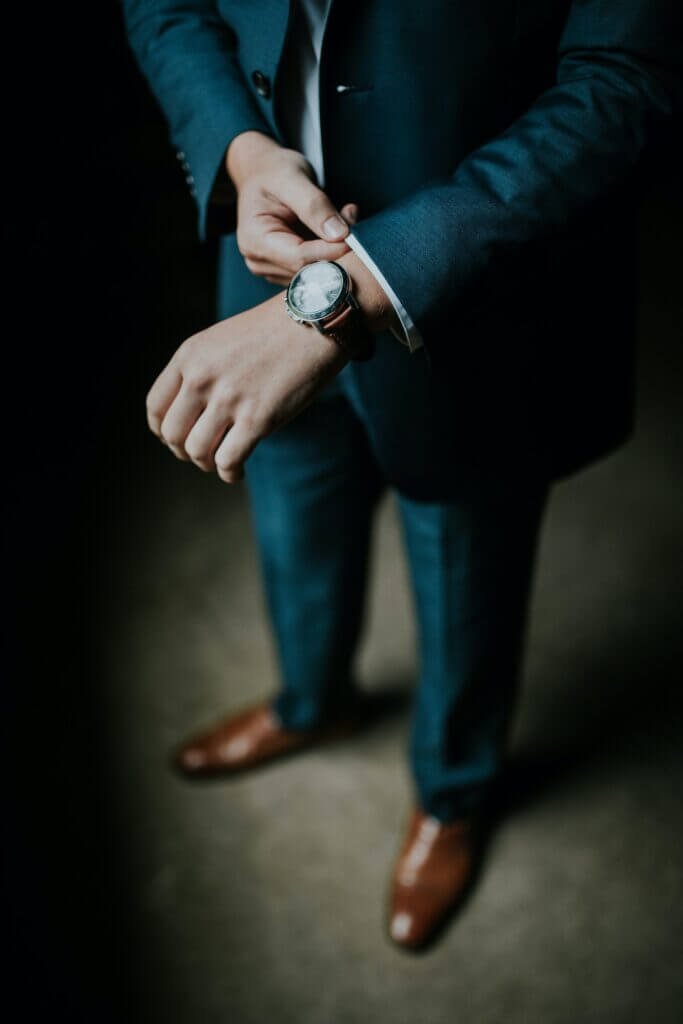
Choosing the Right Colors
Choosing the right colors for your outfits is crucial for creating a harmonious and visually appealing look. Understanding color theory, finding complementary colors, and harnessing the power of neutrals can help you create outfits that flatter your complexion and express your personal style.
Understanding Color Theory
Understanding color theory involves learning about the different color schemes and how they work together. The color wheel is a useful tool in identifying complementary, analogous, and monochromatic color combinations. Complementary colors are opposite each other on the wheel and create a vibrant and contrasting effect when paired together. Analogous colors are located adjacent to each other and create a harmonious and cohesive look. Monochromatic colors involve using different shades of the same color to create a cohesive and sophisticated outfit.
Finding Complementary Colors
Finding complementary colors that enhance your complexion is key to creating flattering outfits. Determine whether you have warm or cool undertones in your skin, as this will guide your color choices. Warm undertones pair well with earthy and vibrant colors, such as oranges, yellows, and warm browns. Cool undertones are complemented by cool and jewel-toned shades, such as blues, purples, and emerald greens. Experiment with different colors to find the ones that make your skin tone glow and enhance your overall appearance.
Understanding the Power of Neutrals
Neutrals are a versatile and timeless addition to any wardrobe. They act as a foundation for creating cohesive and sophisticated outfits and can be paired with both bold and subtle colors. Some classic neutral colors include black, white, gray, navy, and beige. These colors are considered wardrobe staples as they are easy to mix and match and create a polished and refined aesthetic. Incorporating neutrals into your outfits allows you to create versatile and effortless looks that can be adapted to any occasion.
Accessorizing with Style
Accessorizing is an art form that can elevate your outfits and add personality and flair to your overall look. By selecting the right jewelry, choosing the right handbag, and using scarves and belts effectively, you can enhance your outfits and make a stylish statement.
Selecting the Right Jewelry
Jewelry has the power to transform an outfit and add a personal touch. When selecting jewelry, consider the neckline and style of your outfit. Statement necklaces can draw attention to a simple neckline, while delicate layered necklaces can add a touch of sophistication to a low-cut top. Earrings can frame your face and add interest to your overall look. Choose earrings that complement your face shape and the occasion you are dressing for. Rings, bracelets, and watches can also be used to enhance your outfit and express your personal style. Experiment with different jewelry styles to find the ones that best suit you and your outfits.
Choosing the Right Handbag
Choosing the right handbag is important for both practical and style reasons. Consider the occasion and the outfit you are wearing when selecting a handbag. Smaller crossbody bags or clutches are perfect for evening events and special occasions, while larger totes or hobo bags are ideal for everyday use. When it comes to color, consider investing in a versatile handbag in a classic hue, such as black, tan, or navy, as it will seamlessly complement a variety of outfits. By choosing a handbag that suits your needs and style, you can complete your look and carry your essentials with confidence.
Using Scarves and Belts to Enhance Your Look
Scarves and belts are versatile accessories that can add a finishing touch to your outfit. Scarves can be worn around your neck, tied to your handbag, or even used as a headband. They can add color, pattern, and texture to a simple outfit and create a chic and put-together look. Belts can be used to cinch in the waist and create a flattering silhouette or to add contrast to your outfit. Experiment with different scarf tying techniques and belt styles to discover how these accessories can elevate your outfits.
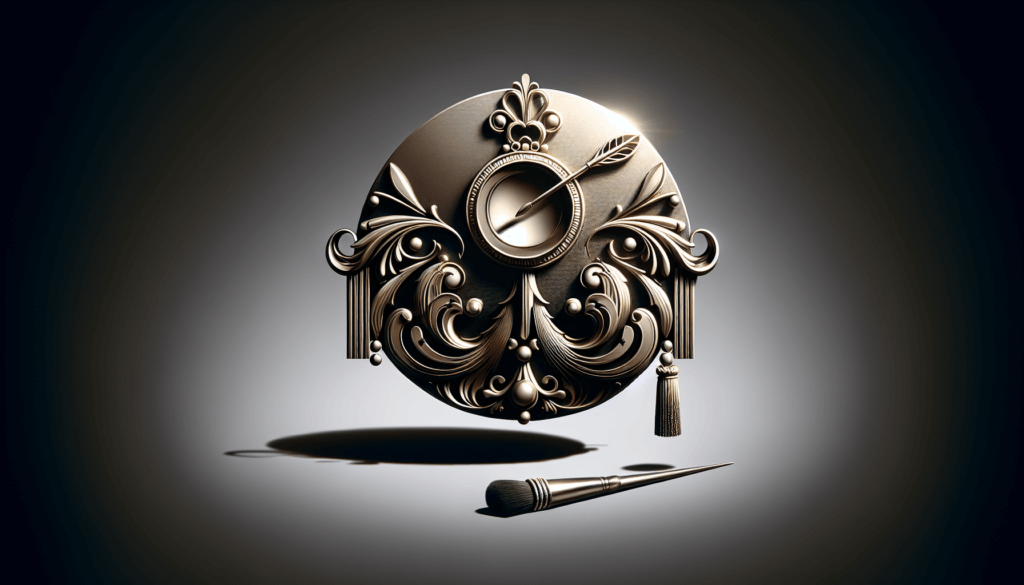
Styling Tips for Different Occasions
Dressing appropriately for different occasions is essential to ensure you feel confident and comfortable in your outfit. Whether you’re dressing for work, a casual day out, or a formal event, understanding the appropriate dress code and incorporating your personal style can help you make a fashionable statement.
Dressing for Work
When dressing for work, it’s important to strike a balance between professionalism and personal style. Familiarize yourself with your workplace dress code and dress accordingly. Opt for tailored pantsuits, pencil skirts, and blouses for a formal office environment. If your workplace allows for a more casual dress code, consider incorporating blazers, tailored trousers, and elegant blouses into your outfits. Experiment with textures, patterns, and subtle color accents to add personality while still maintaining a polished and professional look.
Looking Stylish on Casual Days
On casual days, you have the opportunity to dress comfortably while still looking stylish. Embrace effortless and laid-back pieces like jeans, t-shirts, and comfortable dresses. Opt for quality fabrics and well-fitting garments that flatter your body shape. Layering is also a great way to add depth and interest to casual outfits. Pair a denim jacket with a sundress, add a cardigan to a t-shirt and jeans combination, or experiment with different footwear options to create the perfect balance of comfort and style. By embracing your personal style and incorporating comfortable yet fashionable pieces, you can look effortlessly chic on your casual days.
Dressing Up for Formal Events
Dressing up for formal events requires a more elevated and sophisticated approach. Consider the dress code and theme of the event when selecting your outfit. Opt for classic eveningwear options like cocktail dresses, floor-length gowns, or tailored suits. Look for fabrics that have a luxurious and elegant feel, such as silk, satin, or lace. Pay attention to the fit and tailoring of your garment, as well-fitted clothes make a significant impact on your overall appearance. Complete your formal outfit with appropriate accessories, such as statement jewelry, an elegant clutch, and high-quality footwear. By embracing the formality of the occasion and incorporating your personal style, you can create a memorable and stylish look.
Understanding Trends and Incorporating Them
Understanding trends and incorporating them into your personal style is a great way to stay current and experiment with new looks. By identifying timeless trends, adapting them to your personal style, and mixing them with classic pieces, you can keep your wardrobe fresh and exciting.
Identifying Timeless Trends
Identifying timeless trends involves recognizing which styles and elements continue to be popular year after year. These trends are not fleeting fads but rather enduring fashion statements. Examples of timeless trends include monochromatic outfits, animal prints, stripes, and statement sleeves. By incorporating these trends into your wardrobe, you can add a contemporary touch to your outfits while maintaining a classic and timeless aesthetic.
Adapting Trends to Your Personal Style
Adapting trends to your personal style involves finding ways to incorporate current styles while staying true to your individual fashion preferences. Consider how you can incorporate a trendy piece into your wardrobe and style it with your existing classic items. For example, pair a trendy statement coat with tailored trousers and a simple blouse. This allows you to experiment with new trends while maintaining a cohesive and personalized look.
Mixing Trends With Classic Pieces
Mixing trends with classic pieces is a great way to create a balanced and fashionable outfit. Select a trendy item as the focal point of your outfit and pair it with timeless and classic pieces. For example, style a trendy graphic t-shirt with a tailored blazer and dark wash jeans. By combining trendy and classic elements, you can create a look that is both fashion-forward and enduring.
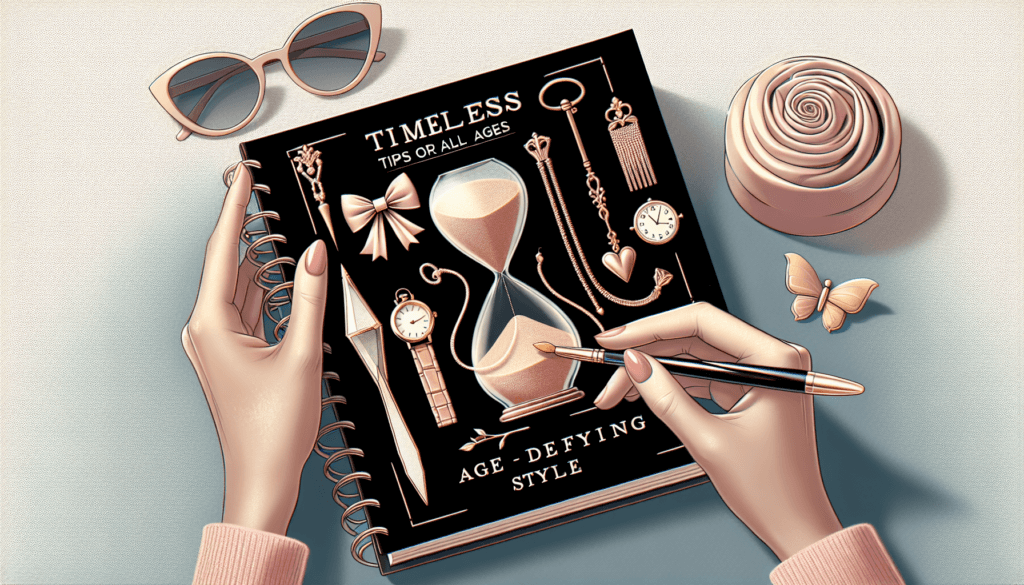
Maintaining a Polished Appearance
Maintaining a polished appearance involves taking care of your clothes, paying attention to proper grooming, and focusing on the details. By prioritizing these aspects, you can ensure that your outfits always look and feel their best.
Taking Care of Your Clothes
Taking care of your clothes is essential for their longevity and appearance. Follow the care instructions provided on the garment’s label and choose appropriate cleaning methods. Mend any minor defects, such as loose buttons or loose threads, to ensure that your clothes always look their best. Properly store your clothes by hanging them or folding them neatly to prevent wrinkles and maintain their shape. By caring for your clothes, you can extend their lifespan and maintain a polished and put-together appearance.
Proper Grooming
Proper grooming is a fundamental aspect of maintaining a polished appearance. Pay attention to your personal hygiene and ensure that you are clean and well-groomed. Regularly wash and style your hair, maintain a skincare routine, and groom your nails. Giving attention to these areas enhances your overall appearance and allows you to present yourself in a polished and well-cared-for manner.
Attention to Details
Attention to details can elevate your outfit and make a significant impact on your overall appearance. Pay attention to the fit of your clothes and make sure they are tailored to your body. Iron or steam your clothes to remove any wrinkles and create a crisp and polished look. Pay attention to your accessories and ensure they are clean and in good condition. Simple things like well-maintained shoes, a polished handbag, and neatly tied shoelaces can make a substantial difference in your overall appearance. By focusing on these small details, you can show that you take pride in your appearance and present yourself as a polished and stylish individual.
Confidence, Attitude, and Individuality
Confidence, attitude, and individuality are key to owning your personal style and making a fashion statement. By building confidence through style, expressing your personality, and owning your choices, you can embrace your individuality and feel empowered in your fashion journey.
Building Confidence Through Style
Building confidence through style involves wearing clothes that make you feel comfortable and reflect your personal style. When you feel good in what you’re wearing, it naturally boosts your confidence and allows you to walk with a sense of self-assurance. Embrace clothes that flatter your figure, choose colors that make you feel radiant, and wear pieces that express your personality. By wearing outfits that align with your personal style, you can feel confident and empowered in your fashion choices.
Expressing Your Personality
Fashion is an excellent medium for expressing your personality and individuality. Use your style choices to showcase your interests, passions, and values. Experiment with different colors, prints, and accessories that reflect your unique taste. Incorporate elements from various styles and eras that resonate with you. By embracing your personality in your fashion choices, you can create a personal brand that is uniquely yours.
Owning Your Choices
Owning your fashion choices means embracing your style and wearing what makes you feel confident and comfortable, regardless of others’ opinions. Trust your instincts and wear what truly resonates with you. Don’t be afraid to experiment and step out of your comfort zone. Remember that fashion is subjective, and what matters most is how you feel in what you’re wearing. By owning your choices, you can exude confidence, authenticity, and individuality in your personal style.

